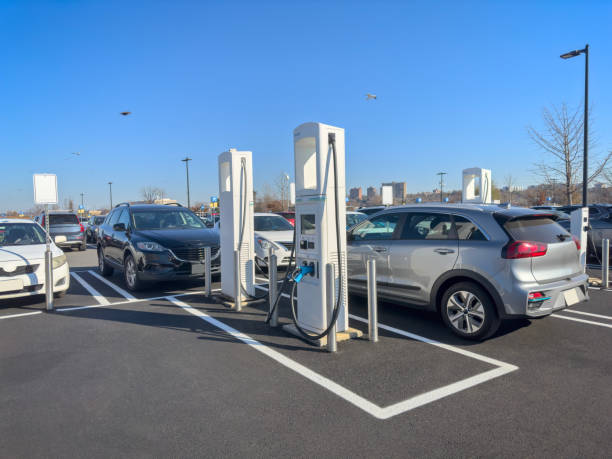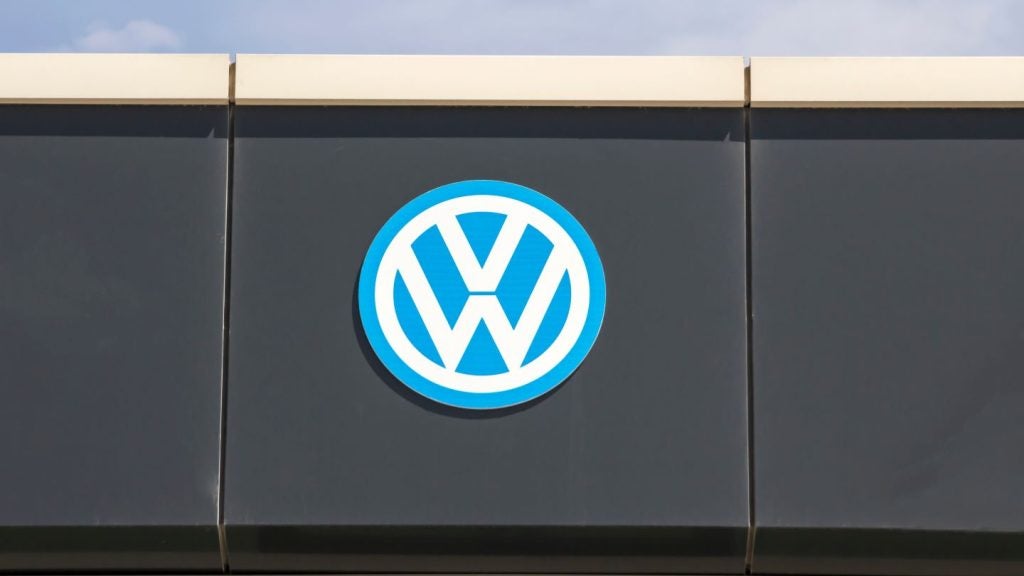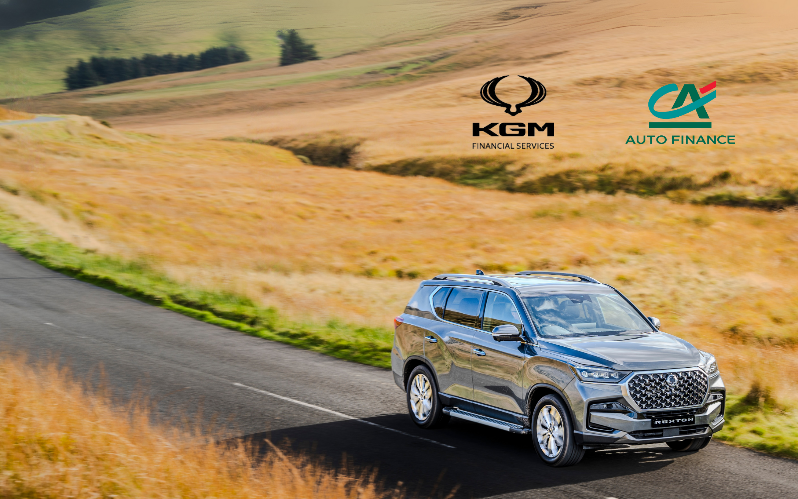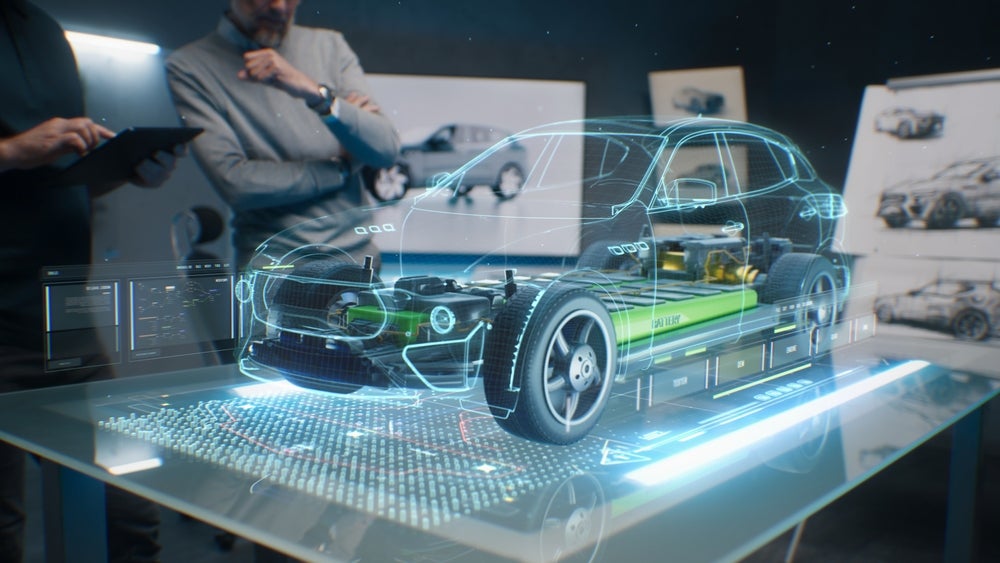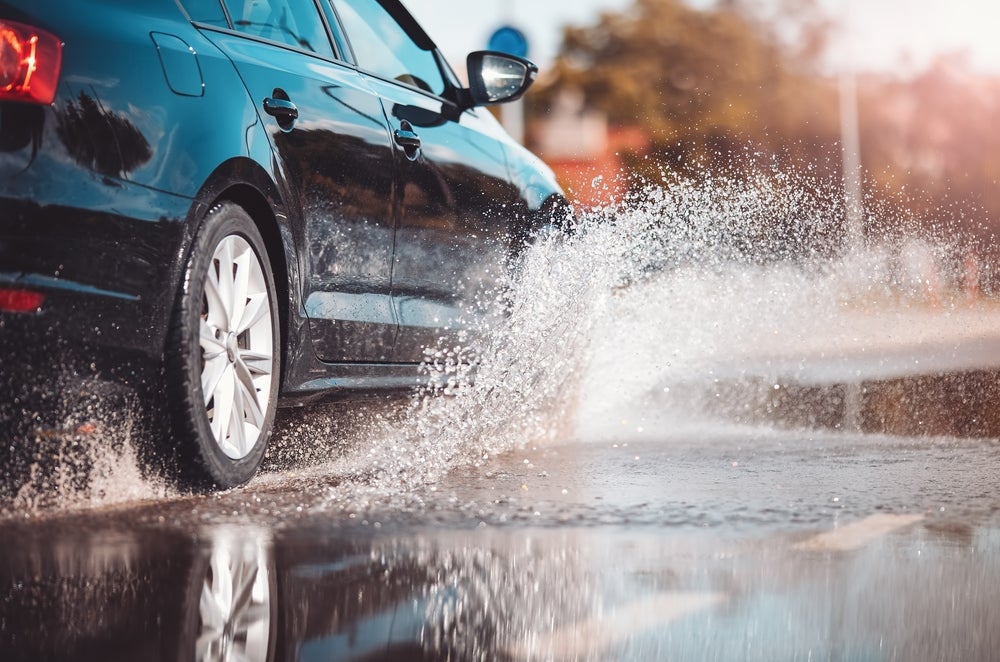
It’s bad news for those who use poor weather conditions as an excuse for their bad driving habits. A new study has now revealed that three-quarters (76%) of vehicle incidents happen when the weather is clear.
ALD Automotive | LeasePlan UK’s research shows that accidents are more likely to happen under clear blue skies rather than rainy clouds and icy roads. The analysis of over 72,000 insurance incidents has shown that just 6% of accidents were caused by rainy conditions. This figure reduces even further when considering foggy, icy, and snowy conditions.
However, the findings have also revealed that more than 9 in 10 (95%) people won’t admit liability at the time of the accident, despite 3 in 4 (75%) being at fault. Even law firms discourage people from admitting fault as they may not be aware of all the factors that caused the wreck, and admission could risk their right to compensation.
So why do more accidents happen in clear weather conditions, and are UK drivers to blame?
Unsurprisingly, in the UK drivers clock up almost 20% more miles in summer than any other time of year. With numerous bank holidays, staycations and festivals the UK road network can become seriously congested – and the frustration from sitting in traffic jams could also be partly to blame for the rise in summer incidents.
Our perception of risk appears to be weather-dependent
How well do you really know your competitors?
Access the most comprehensive Company Profiles on the market, powered by GlobalData. Save hours of research. Gain competitive edge.

Thank you!
Your download email will arrive shortly
Not ready to buy yet? Download a free sample
We are confident about the unique quality of our Company Profiles. However, we want you to make the most beneficial decision for your business, so we offer a free sample that you can download by submitting the below form
By GlobalDataCommenting on this, ALD Automotive | LeasePlan UK, commercial director, Chris Black, said: “It seems that in poor weather conditions, drivers are far more mindful of potential hazards and adjust their driving accordingly. The problem is when the sun is shining, drivers seem to underestimate risks and potentially become complacent.
“Drivers need to stick to safe driving practices at all times – maintaining appropriate speeds, avoiding distractions, and making regular checks on their vehicle’s condition.
“Creating daily habit, before getting into your car or van – means taking a look at your tires, clearing any clutter from dashboards, giving the windscreen a clean and topping up fluids. We’d always recommend keeping a pair of sunglasses to hand as low light as ‘glare’ is a factor in a number of accidents.
“Setting out with time to spare is also key, as the many at-fault accidents are a result of drivers being in a hurry and driving recklessly – human error is a factor in 95% of incidents. Checking your route – especially important for EV drivers so they can factor in delays and charging stops can take the stress off and goes a long way to making for a safer and more relaxed journey.”
Many modern vehicles come equipped with advanced safety features such as lane-keeping assist, adaptive cruise control, and automatic emergency braking which can help improve driver safety.
Black added: “Drivers can use the features of their vehicles but must still anticipate potential dangers and know how to react appropriately in various traffic scenarios. This includes maintaining a safe following distance, being aware of other driver’s actions, and avoiding aggressive driving behaviours.”



